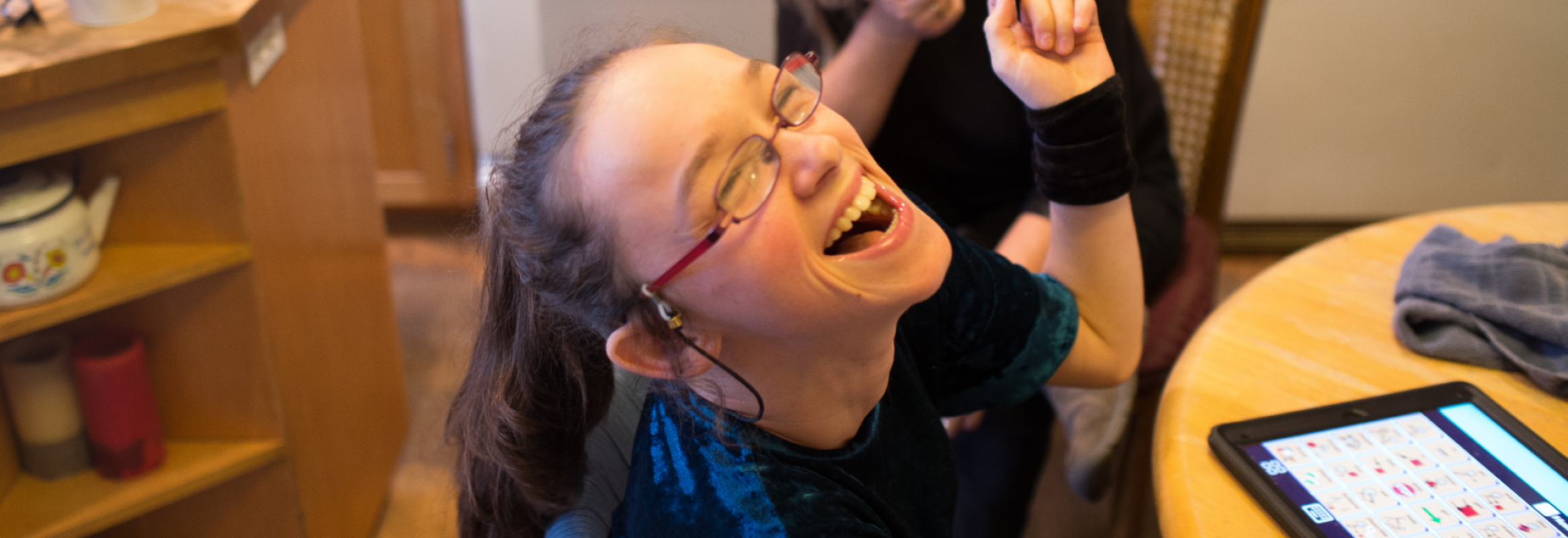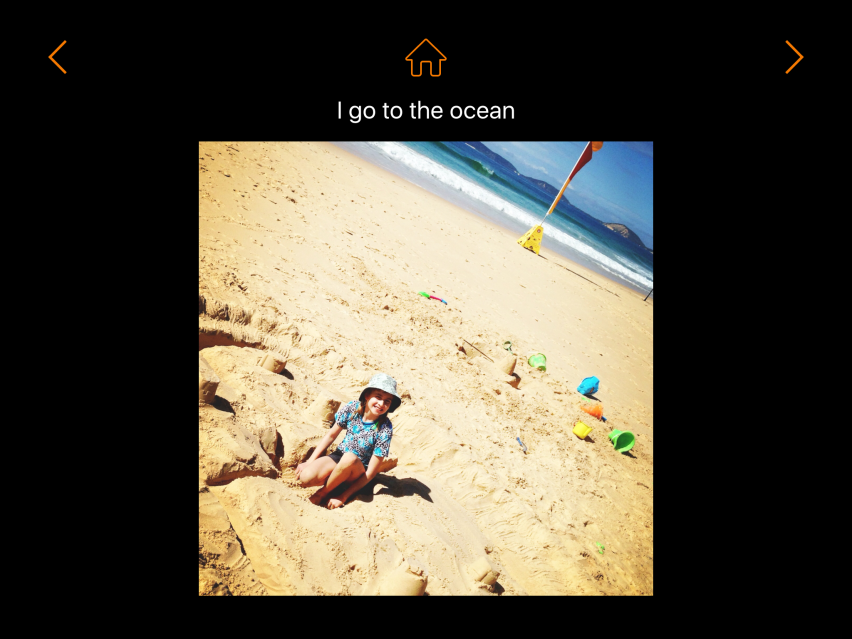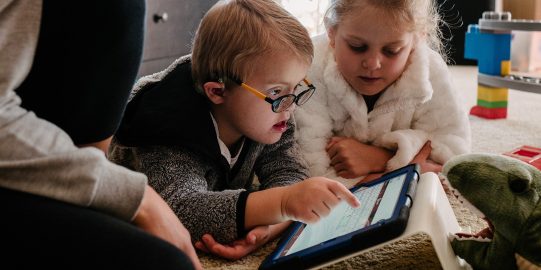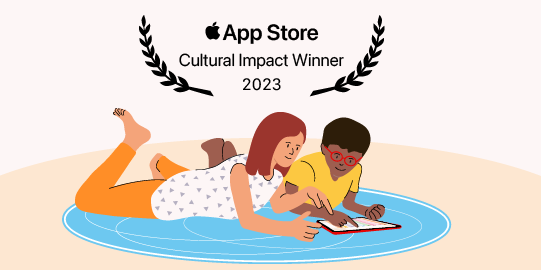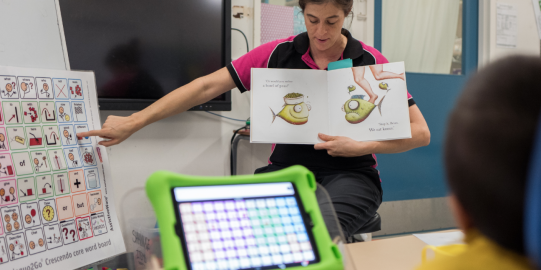Explore the alphabet
The 26 letters of the alphabet are so important. They can be combined in different ways to say anything you want.
Exploring the alphabet is something that can happen every day! Talking about letters, noticing them, and playing games with them will help.
Reading
Reading is an excellent chance to build a connection with your child. It’s a great time to explore letters, words, and sentences. You can also show your child how books work.
Encourage your child to choose their own books, to read on their own, and help them build a love for books and reading. Don’t worry if the books get ripped, chewed, or thrown. This is all part of the process.
Writing
Writing means we put thoughts down onto paper. Writing is not about tracing letters or copying words. We write for many reasons. We write to communicate.
Your child needs to see writing in action from the people around them. They also need to practice writing themselves. Even if your child cannot spell yet, it is still great for them to see and share the writing experience.
Encourage your child to write with anything: pencils, pens, whiteboards, magnetic letters, keyboards, with their finger in the sand, anything! They should have a keyboard in their AAC - use that to write with!
